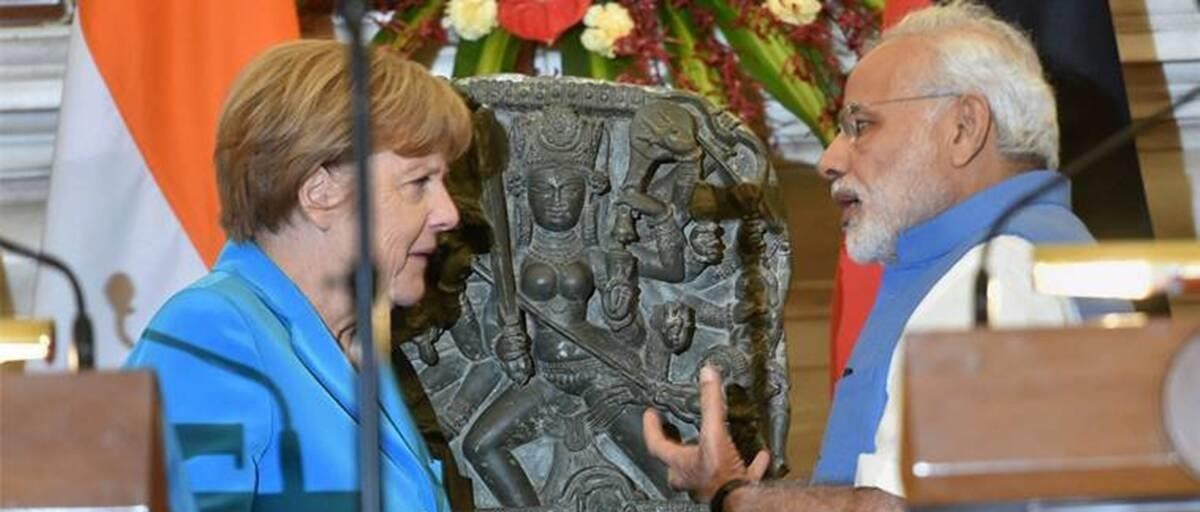Free Courses Sale ends Soon, Get It Now


Free Courses Sale ends Soon, Get It Now



Disclaimer: Copyright infringement not intended.
Context: An investigation has found that the catalogue of the Metropolitan Museum of Art, New York, includes at least 77 items with links to Subhash Kapoor, who is serving a 10-year jail term in Tamil Nadu for smuggling antiquities.
Details:
What is an antiquity?
UNESCO 1970 Convention on the Means of Prohibiting and Preventing the Illicit Import, Export and Transfer of Ownership of Cultural Property:
What do Indian laws say?
How to check for fake antiquities?
Can India bring back antiquities?
|
PRACTICE QUESTION Q) India’s rich culture and heritage is in danger. In this context discuss about vandalism and the measures taken by Government of India to preserve its cultural Heritage. (250 words) |
© 2024 iasgyan. All right reserved